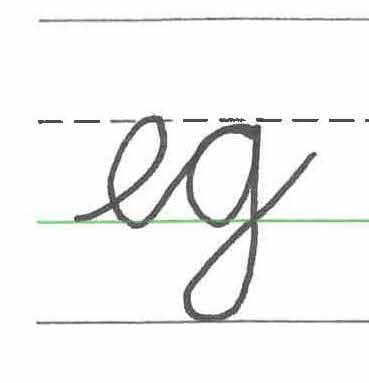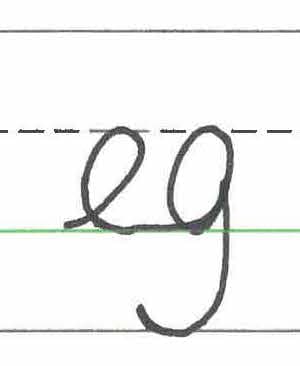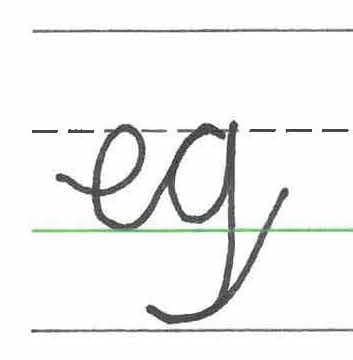Myths about teaching can hold you back
- Year 2
The second join: if, il, it with lead in
I can correctly form the second join with a lead in and lead out.
- Year 2
The second join: if, il, it with lead in
I can correctly form the second join with a lead in and lead out.
These resources were made for remote use during the pandemic, not classroom teaching.
Switch to our new teaching resources now - designed by teachers and leading subject experts, and tested in classrooms.
Lesson details
Key learning points
- The letters all have a lead in and a lead out.
- The pencil only lifts to add the dot to the i and the cross to the t.
- The second join goes from the baseline to above the x-height line towards the ascender line.
- When forming the letter f it has two loops; one at the top of the lead in and one at the bottom ready for the lead out.
Keywords
Cursive - style of handwriting where the letters are joined together in a flowing and connected manner
Lead in - the stroke or line that guides us into starting a letter
Lead out - the stroke or line that guides us to smoothly finish a letter
Baseline - this is the line that most letters sit on
Ascender line - this is the top line of the tramlines
Common misconception
Children will often remember one of the loops for the f but forget the other.
Lots of modelling and emphasising that the letter f needs to 'hold hands' with the letter in front and behind it.
To help you plan your year 2 English lesson on: The second join: if, il, it with lead in, download all teaching resources for free and adapt to suit your pupils' needs...
To help you plan your year 2 English lesson on: The second join: if, il, it with lead in, download all teaching resources for free and adapt to suit your pupils' needs.
The starter quiz will activate and check your pupils' prior knowledge, with versions available both with and without answers in PDF format.
We use learning cycles to break down learning into key concepts or ideas linked to the learning outcome. Each learning cycle features explanations with checks for understanding and practice tasks with feedback. All of this is found in our slide decks, ready for you to download and edit. The practice tasks are also available as printable worksheets and some lessons have additional materials with extra material you might need for teaching the lesson.
The assessment exit quiz will test your pupils' understanding of the key learning points.
Our video is a tool for planning, showing how other teachers might teach the lesson, offering helpful tips, modelled explanations and inspiration for your own delivery in the classroom. Plus, you can set it as homework or revision for pupils and keep their learning on track by sharing an online pupil version of this lesson.
Explore more key stage 1 English lessons from the The four joins unit, dive into the full primary English curriculum, or learn more about lesson planning.

Content guidance
- Risk assessment required - physical activity
Supervision
Adult supervision required
Licence
Prior knowledge starter quiz
6 Questions
Q1.Cursive letter joins refer to...
Q2.True or false. You don't lift your pencil when joining two letters.
Q3.Select the correct first join for 'in'.
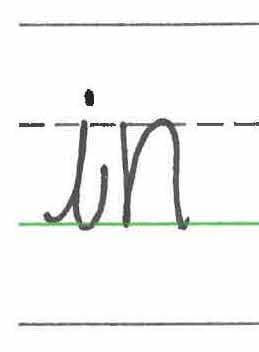
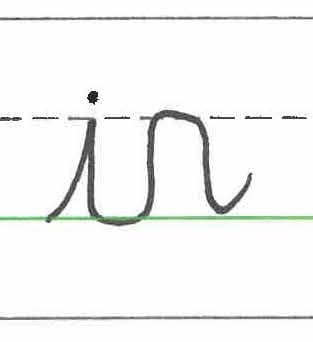
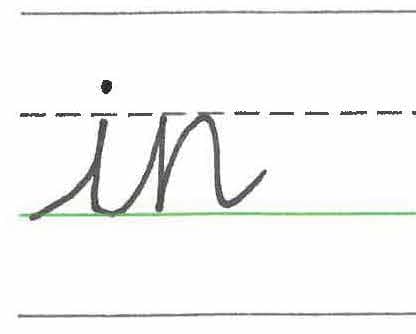
Q4.Select the correct first join for 'ig'.
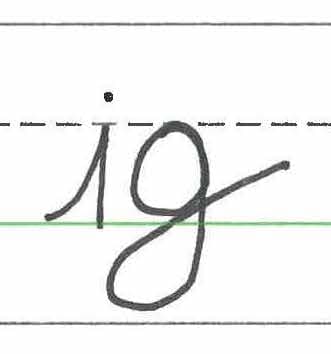
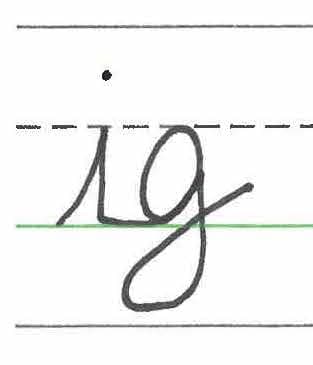
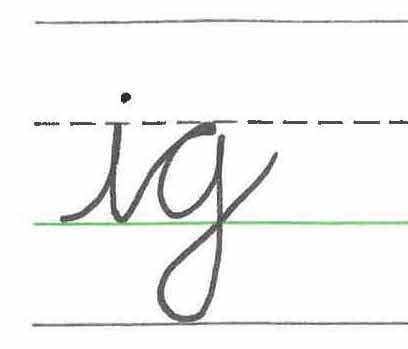
Q5.Select the correct first join for 'ed'.
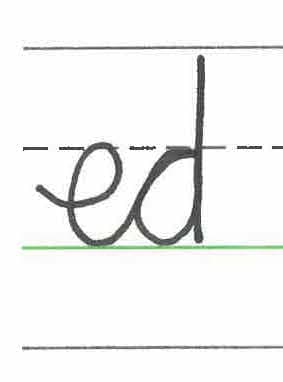
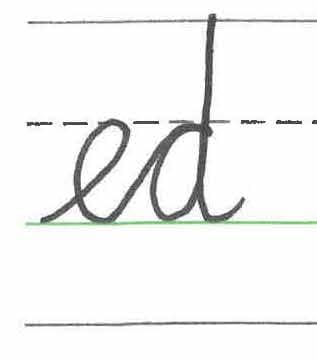
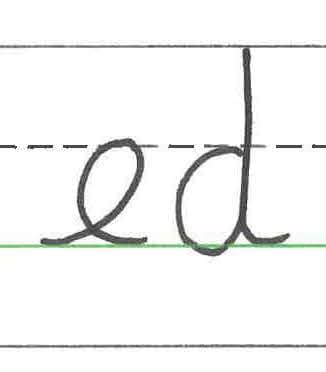
Q6.Select the correct first join for 'eg'.
